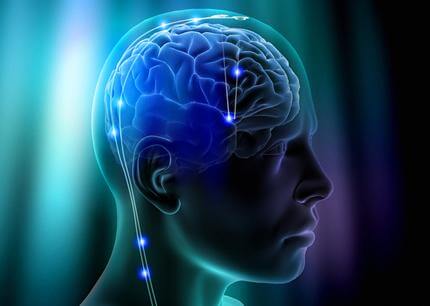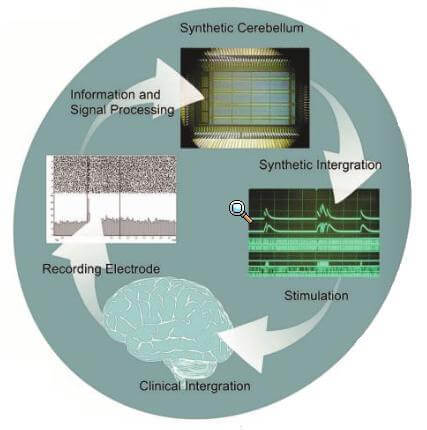Computer Chip Implant to Program Brain Activity, Treat Parkinson’s
Parkinson’s disease is a chronic (long-term) neurological condition. It is progressive and symptoms worsen over time. It is named after Dr James Parkinson who first described the condition in 1817.
People with Parkinson’s disease experience a loss of nerve cells in the part of their brains responsible for controlling voluntary movements.
An international team of researchers led by Dr. Matti Mintz at the University of Tel Aviv is working on a biomimetic computer chip for brain stimulation that is programmable, responsive to neural activity, and capable of bridging broken connections in the brain. Called the Rehabilitation Nano Chip, or ReNaChip, the device could be used to replace diseased or damaged brain tissue, restore brain functions lost to aging, and even treat epilepsy. The chip is currently in animal testing, but should reach human applications within a few years.
The ReNaChip will significantly improve an existing technology called deep brain stimulation (DBS), a surgical implant that acts as a brain pacemaker for a variety of neurological disorders. DBS delivers electrical stimulation to select areas of the brain via electrodes; for individuals with Parkinson’s, chronic pain, or dystonia, these induced stimulations can significantly alleviate symptoms (e.g. uncontrolled movement). But currently, the stimulation that DBS delivers is constant and unresponsive to brain activity. Because of this, the therapeutic effects are reduced over time. This is where the ReNaChip comes in, making the system responsive to brain activity and fully programmable. Software is developing for humans to physically make them better, software inside of the chip can monitor the brain pulses and when spikes begin to emerge, it can cancel out the effect hence completely decresing its effects; it will not cure the disease but it will decrease its effects.
While researchers are primarily focusing on motor responses, the applications of the ReNaChip are pretty wide. Any interrupted brain wiring (e.g. as a result of stroke) could conceivably be reconnected using electrodes and the flexibility of the chip’s programming. The chip could also be used to treat epilepsy, if electrodes could detect on oncoming seizure and diffuse it with appropriate stimulation. But researchers have their sights on an even more ambitious goal: rehabilitating the brain’s learning capacities, which would require increasing neural plasticitity. If the ReNaChip could be used to create and strengthen new connective networks, it could partially improve an older brain’s ability to learn new tricks.
Original source: http://singularityhub.com/2010/07/21/computer-chip-implant-to-program-brain-activity-treat-parkinsons/
Stephen Lacey
Blog #2


No comments:
Post a Comment